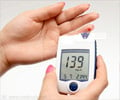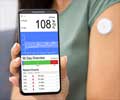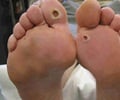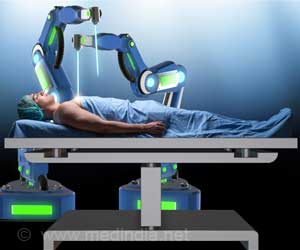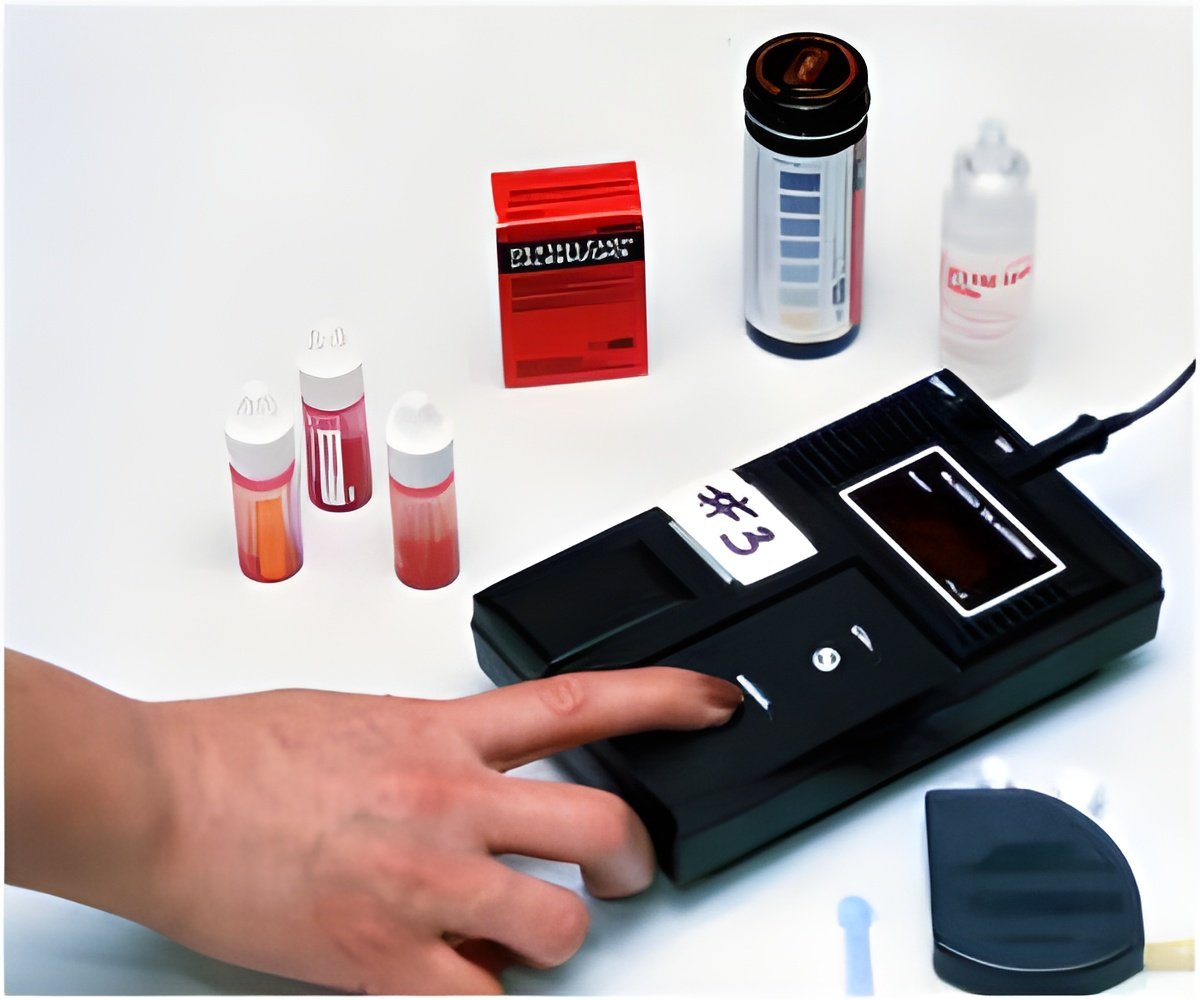
“In recognizing that one size does not fit all, the t:flex Pump was developed using Tandem’s proprietary technology platform to bring t:slim’s benefits to people with greater insulin needs. This first expansion of our product portfolio reflects our ongoing commitment to deliver user-friendly products that address unmet needs in the diabetes community,” said Kim Blickenstaff, President and Chief Executive Officer of Tandem Diabetes Care.
People with diabetes require different amounts of insulin based on their level of insulin sensitivity. The t:flex is designed for people who require more than 100 units of U-100 insulin per day. The pump offers people with greater insulin needs the benefits of pump therapy without the frequent reservoir changes required by 200- and 300-unit capacity pumps. It incorporates the same slim design, advanced Micro-Delivery technology, and simple-to-use, touch-screen interface as the t:slim Insulin Pump.
The t:flex is expected to launch in the US in the second quarter of 2015.
Diabetes is a chronic, life-threatening disease that affects more than 29 million people in the United States. More than 3 million people in the United States require daily administration of insulin and are candidates for pump therapy. Around 400,000 Americans with type 1 diabetes use an insulin pump, or approximately 27% of the type 1 diabetes population. In addition, approximately 75,000 Americans with type 2 diabetes use an insulin pump, a small fraction of the type 2 diabetes population.
Recent studies show that insulin pump therapy reduces average blood glucose levels and overall insulin needs in people with type 2 diabetes compared with standard therapy using multiple daily injections (2). According to a research, two-thirds of endocrinologists cited limited capacity as the number one barrier to insulin pump adoption for people with type 2 diabetes who are insulin dependent.
Advertisement

